I’ve been trying to track our expenses better using Mint.com, which means combing through transactions and manually correcting many of the automatic categorizations. I think it’s working, at least in that I hate doing it so much that didn’t make a purchase today so I wouldn’t have to categorize it later. 🙂
I found the home page chart greeting me today amusing:
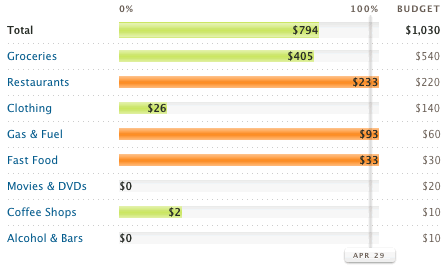
We did pretty good this month, but it would seem like all we do is eat and drive (and in the case of fast food, probably both at the same time). I notice that housing and utilities aren’t included, but I’m not going to tweak the targets until I have a couple months of spending data first.

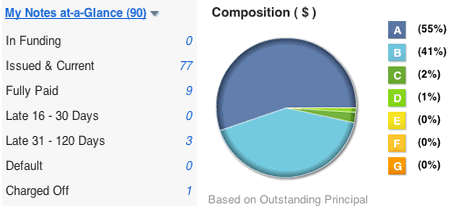




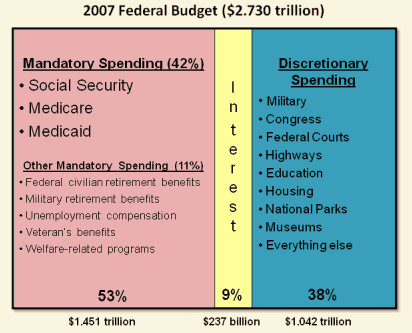
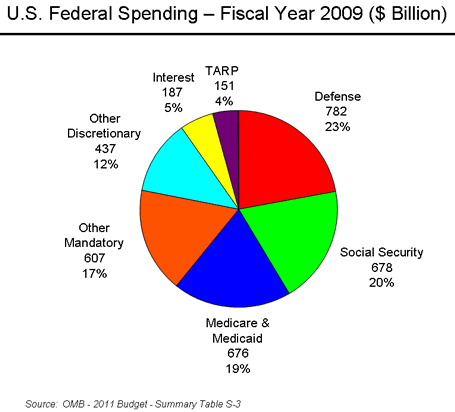
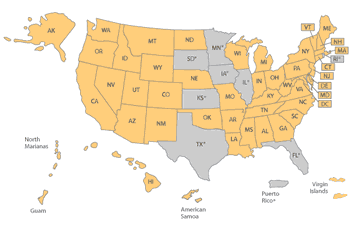

 In response to the disruption caused by a certain Icelandic volcano, Lonely Planet has made their iPhone apps for 13 European cities free until April 22nd. These usually cost $15.99 each, and seemed to work fine on my iPod Touch. From their blog:
In response to the disruption caused by a certain Icelandic volcano, Lonely Planet has made their iPhone apps for 13 European cities free until April 22nd. These usually cost $15.99 each, and seemed to work fine on my iPod Touch. From their blog: New inflation numbers for March 2010 were
New inflation numbers for March 2010 were  Argh… they got me. I usually filter out PR emails, but I went ahead and took the Insurance Intelligence Quiz by the National Association of Insurance Commissioners (NAIC). According to them, a recent survey found Americans only answered an average of 4 out of 10 questions correctly. The quiz turned out to be reasonably quick and the questions weren’t horrible, so I figured I’d share it for the semi-competitive folks out there that want to test their insurance knowledge.
Argh… they got me. I usually filter out PR emails, but I went ahead and took the Insurance Intelligence Quiz by the National Association of Insurance Commissioners (NAIC). According to them, a recent survey found Americans only answered an average of 4 out of 10 questions correctly. The quiz turned out to be reasonably quick and the questions weren’t horrible, so I figured I’d share it for the semi-competitive folks out there that want to test their insurance knowledge.  The Best Credit Card Bonus Offers – March 2024
The Best Credit Card Bonus Offers – March 2024 Big List of Free Stocks from Brokerage Apps
Big List of Free Stocks from Brokerage Apps Best Interest Rates on Cash - March 2024
Best Interest Rates on Cash - March 2024 Free Credit Scores x 3 + Free Credit Monitoring
Free Credit Scores x 3 + Free Credit Monitoring Best No Fee 0% APR Balance Transfer Offers
Best No Fee 0% APR Balance Transfer Offers Little-Known Cellular Data Plans That Can Save Big Money
Little-Known Cellular Data Plans That Can Save Big Money How To Haggle Your Cable or Direct TV Bill
How To Haggle Your Cable or Direct TV Bill Big List of Free Consumer Data Reports (Credit, Rent, Work)
Big List of Free Consumer Data Reports (Credit, Rent, Work)